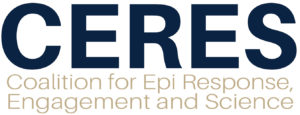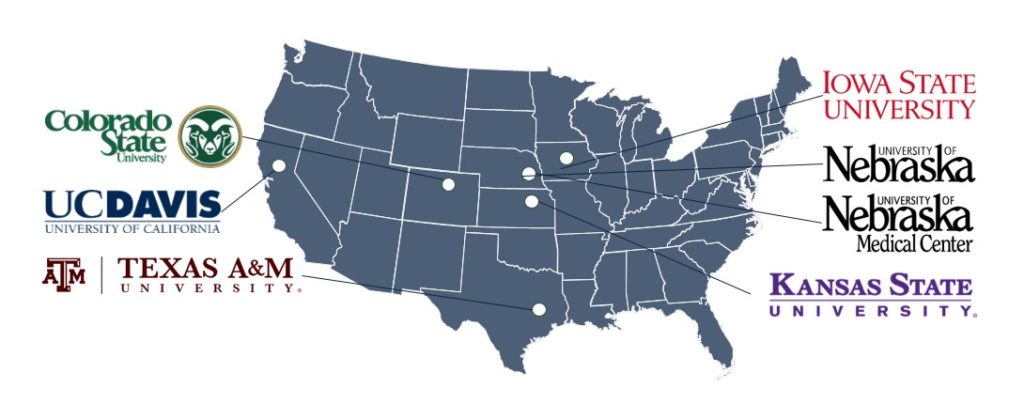
Emerging, transboundary diseases pose a significant, growing threat to U.S. agriculture, the food system, and the millions of Americans that rely on it for their health and their livelihoods. U.S. farmers, ranchers, animal and crop health companies, researchers, and government officials have improved biosecurity protocols that safeguard our crops and animals, and responded efficiently to disease outbreaks when they have occurred. Nevertheless, gaps remain. Innovation and collaboration are needed to safeguard American agriculture and the U.S. food system into the future.
Coalition Mission
To protect and defend our agricultural industry against global health threats, and to provide innovation for food security, now and into the future.
Agricultural Biosecurity and Land-Grant Universities in the 21st Century
Coalition Goals

Engagement with urban and rural communities to effect adoption of better infection control practices and innovation

Rapid detection of highconsequence
threats

Agile stockpiling and production
to thwart regional and national
outbreaks
Coalition Assets
- .5 million square feet of bio containment space
- cGMP FDA approved select agent counter measures manufacturing
- Dx/Tx Platforms channels of new pathogen diagnostics
- Nodes in state and national surveillance systems
- Breadth and depth of expertise including human, animal, plant infectious diseases
- Land Grant extension services helping communities adopt innovation

Coalition Action
- Coalesced six top land-grant universities to collaborate with one another, farmers, ranchers, animal and crop health companies, government officials and international organizations to address the most important isuues facing biosecurity for American agriculture.
- Established a seed pool to foster critical and collaborative research across the consortium.
- Conducting a technoeconomic analysis of vaccine stockpiling and comparing the results to alternative risk mitigation strategies (i.e. just-in-time manufacturing and enhanced surveillance).
- Hosted a series of meetings to examine opportunities for advanced research, international engagement, community engagement, outreach, education, and extension. These meetings have brought together leaders from government, research institutions, stakeholder groups and international organizations.